In a recent webinar, the Building Safety Register’s co-founder discusses why every building should have a safety logbook and how it might help the insurance industry manage risk four years on from Grenfell
Every building should have a safety logbook, according to Matt Hodges-Long, co-founder of the Building Safety Register (BSR) and co-founder and chief executive of insurtech TrackMyRisks.
Speaking at the firm’s webinar, ’Building Safety Logbooks and Upcoming Fire Safety Bill’, he said: “We believe that every building should have a building safety logbook in the same way that a car has got a service record and a registration certificate – this is what is needed for buildings.
“There is a bunch of evidence for each building around fire and life safety. We built this digital repository of evidence. We see this as the start point of the ‘Golden Thread’ that Dame Judith Hackitt has recommended.
”A lot more data could come on top of this, but the starting point is that we end up with buildings, with addresses, we know the basic management tasks taking place and then we build on top of that.”
He suggested Internet of Things (IoT) devices could be used within this system.

This approach could be of use to insurers, building managers, home buyers, landlords and residents. Furthermore, it could also be tied into the Building Safety Bill (BSB).
More to be done
Hodges-Long stressed “there is more to be done” on fire risk post-Grenfell, including considering the insurance implications arising from it.
Firstly, he explained that there is an inherent lack of information - a string of internal failings that have been downplayed, with a focus on external walls instead.
To correct this potential misinformation following the Grenfell Tower fire, there has been a succession of governmental investigations, including the public inquiry led by Dame Judith Hackitt, the Building a Safer Future consultation and the Building Safety Bill, which was published last summer. Lastly, the Fire Safety Bill was debated in parliament on 24 February.
In addition to this, there has also been discussions around using the EWS1 form to assess the safety of buildings’ external walls as well as the creation of a new building safety regulator.
“A lot has happened, but this is 44 months on from the biggest peacetime loss to fire in this country,” Hodges-Long continued.
This led the Building Safety Register to launch its manifesto earlier this month – of which maintaining a logbook is a key point.
Hodges-Long suggested multiple logbooks being used within a portfolio of buildings.
“If we can glue multiple logbooks together, that is where the regulator can look at data. But we do not know the regulator’s view yet,” he said.
Logbooks could be maintained by housing associations, council landlords or managing agents.
Hodges-Long encouraged companies to offer their own solutions to tackle the scale of the matter.
Peter Baker was appointed the new chief inspector of buildings at the Health and Safety Executive (HSE) on 16 February – he will head up the new Building Safety Regulator (BSR).

Scale of the issue
Speaking about the scale of the problem in England, Hodges-Long pointed out that according to data from the Ministry of Housing and Local Government (MHCLG) in November 2020, there are 12,000 high-rise buildings over 18 metres, 76,000 that are between 11 and 18 metres and the number of high-rise buildings below 11 metres tall is unknown.
“Ultimately this has led to the market being paralysed - we don’t actually know where all these buildings are, we don’t know what risk ranking they have,” Hodges-Long said.
”The regulatory oversight I would say is, everyone tries their best with limited resources but there is no well-oiled machine for regulatory oversight across these 300,000 plus buildings.
“There is certainly very little transparency and ultimately that leads us to not having a clue with what’s going on, so 44 months post-Grenfell, we really do not know the scale of this issue yet, which is pretty worrying.”
Addressing what is already in place, he cited the Regulatory Reform Fire Safety Order (2005), which applies to all buildings regardless of height, as well as having the “competent persons” already defined in law, a method of fire risk assessment and enforcement through the fire and rescue services.
In addition to this is the BSB, which relates to high-rise buildings over 18 metres in height.
Hodges-Long made the following recommendations:
- Embracing transparency.
- Understanding buildings as a system – something that Dame Hackitt introduced as buildings “have lots of moving part”, inside and out.
- Seeking assurance – evidence is needed for this.
- Making every building as safe as possible for the time being – although every building cannot be remediated straight away, it must be as safe as it can be.
Need to get the basics right

“The problem that we have now is already a four-year-old problem, but one of the things we do need to think about is how do we bridge that gap. We need to get the basics right,” Hodges-Long emphasised.
He cited the recent news about South Kesteven District Council (SKDC) allegedly breaching the home standards on fire, asbestos and electrical safety.
The BSB is calling for an annual risk assessment for buildings above 18 metres, however there are also problems in the frequency of how often buildings are reviewed, with 69% of 500 fire risk reviews being expired.
Hodges-Long also highlighted that for testing regimes such as dry risers and smoke vents, although there are specific procedures, there is no evidence that this work is being done in existing buildings. He deemed this “worrying”.
A dry riser is an empty pipe that can be externally connected by firefighters to a pressurised water source. The vertical pipe distributes water to multiple levels of a building as a component of the fire suppression system.
Hosted by comedian and actor Tom Allen, 34 Gold, 23 Silver and 22 Bronze awards were handed out across an amazing 34 categories recognising brilliance and innovation right across the breadth of UK general insurance.






































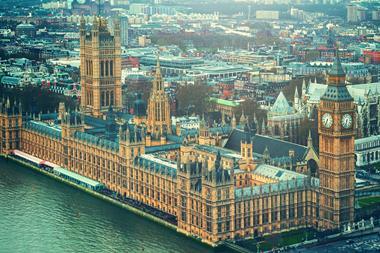
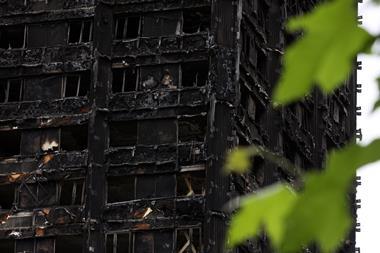
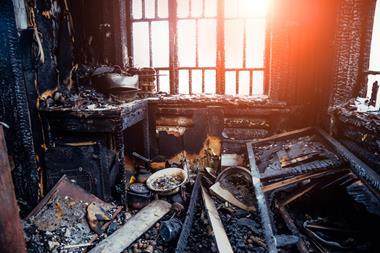
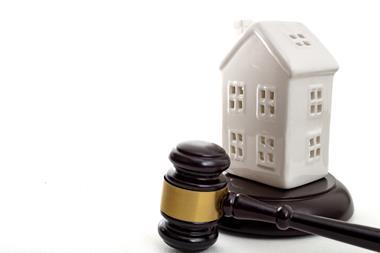

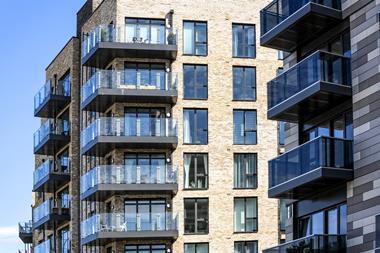

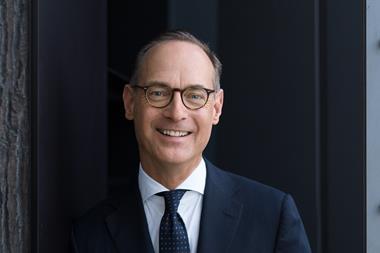







No comments yet